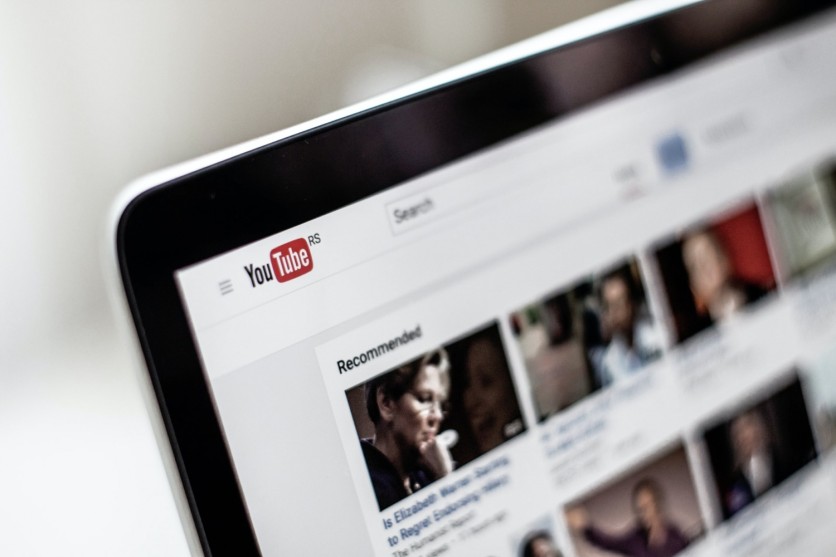TikTok has extended the duration of their videos to 10 minutes, in the latest of their constant efforts to increase their video length for the past few years.

According to CNET, the length of the videos on the popular social media platform has increased from a mere 15 seconds to a minute, then 3 minutes last July 2021. A company spokesperson recently talked about the change, saying that it is meant to "bring value" to the community and enrich user experience overall.
With new 10-minute long videos, TikTok is hoping that their creators will now be able to "unleash even more creative possibilities."
A few TikTok users got a notification of the app telling them about the change, as reported by social media analyst Matt Navarra on Twitter. But that's not all of Navarra's words on the matter, as he mentioned how the change basically means the social media platform is now challenging YouTube for its throne:
TikTok creeping in on YouTube territory
— Matt Navarra (@MattNavarra) February 28, 2022
I can now upload videos up to 10 minutes long pic.twitter.com/P2Mbf4ygWV
This is certainly a new area for a video sharing platform that has been long-reliant on a seemingly never-ending stream of short videos, reports The Verge.
With 10-minute-long videos, TikTok can now better compete with YouTube, which is a platform known for very long content. It can now also potentially entice older users to use the app, which could increase their overall engagement in the long run.
But while TikTok has been pushing for longer content for several years, other social media platforms are going for shorter ones. Instagram is perhaps the best example, with the introduction of Reels last year. YouTube itself which launched Shorts at the same time.
What's The Point Of 10-Minute-Long TikTok Videos?
As previously mentioned, long-form content is likely TikTok's way of trying to compete with YouTube-the undisputed king of lengthy content. As such, there is now a brewing debate on which platform would be the better one for creators in the long run.
In a post by ClipChamp, it was shown that one of the biggest pros of TikTok is its accessibility. You don't have to use expensive camera equipment, video sets, and even editing software to be able to post engaging content on it. All you need is your phone, yourself, and a content idea.
One might say that TikTok is a platform meant for non-professional creators who aren't too worried about production value. And this is why the platform's short-form content was massively popular in the first place. As for YouTube, it couldn't be an even more different thing.

YouTube's biggest pro is that you could post extremely professional-looking videos on it at almost any length imaginable. Gone are the early days of the site when it hosted lots of low-quality home videos. Now, it's a hotbed for creators who are serious about the whole professional video sharing thing-almost all of the most successful with industry-grade equipment and top-notch production qualities that can seemingly rival mainstream movies.
Whether TikTok really does want to compete with that is up in the air. But it is obvious where the strengths of both platforms lie.
Related Article : TikTok Looks To Prevent The Spread Of Dangerous Challenges, Hoaxes By Improving Policies
This article is owned by Tech Times
Written by RJ Pierce




